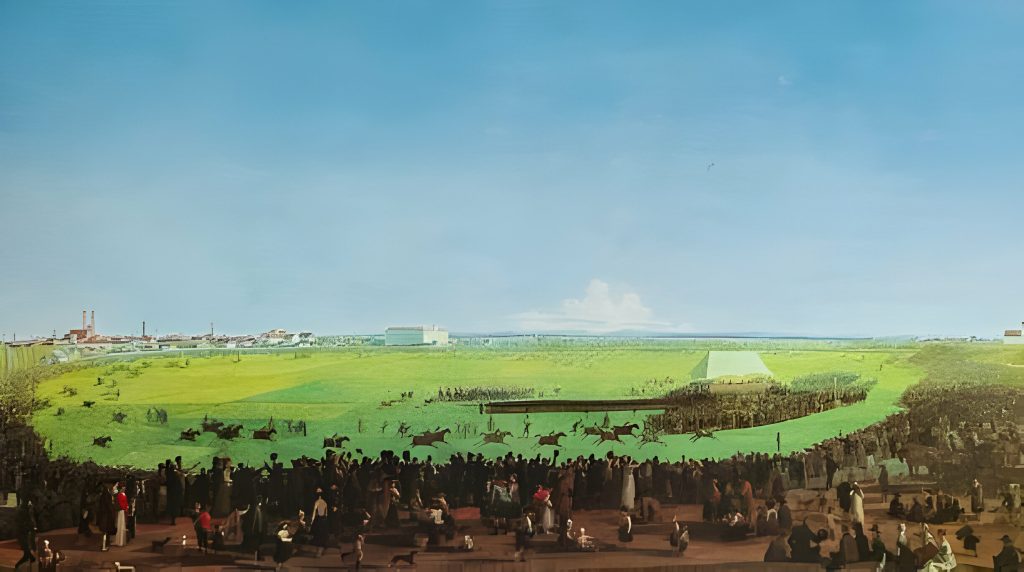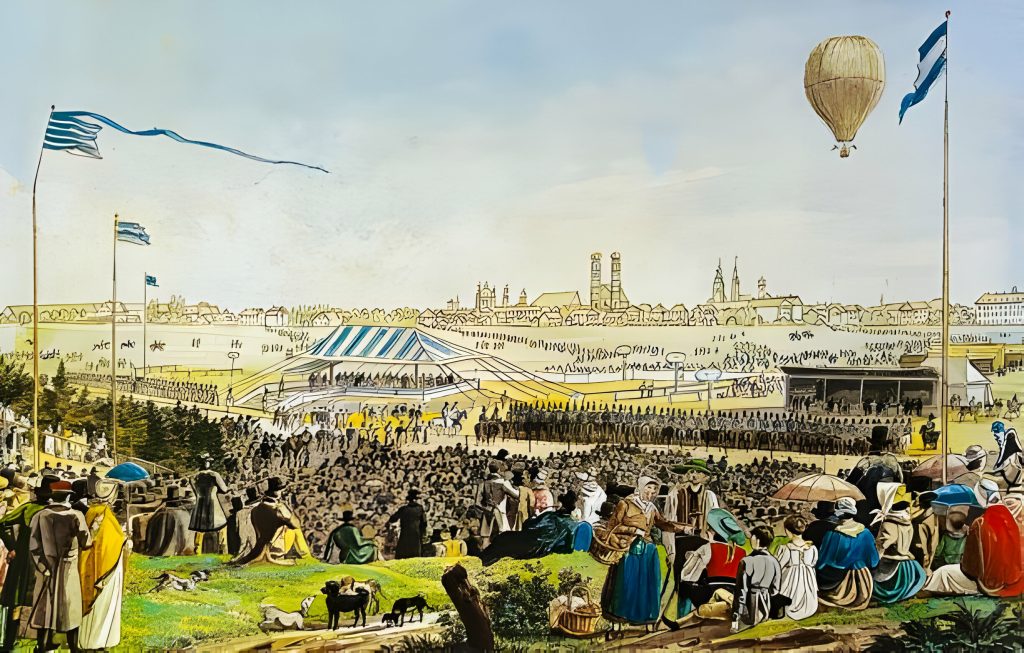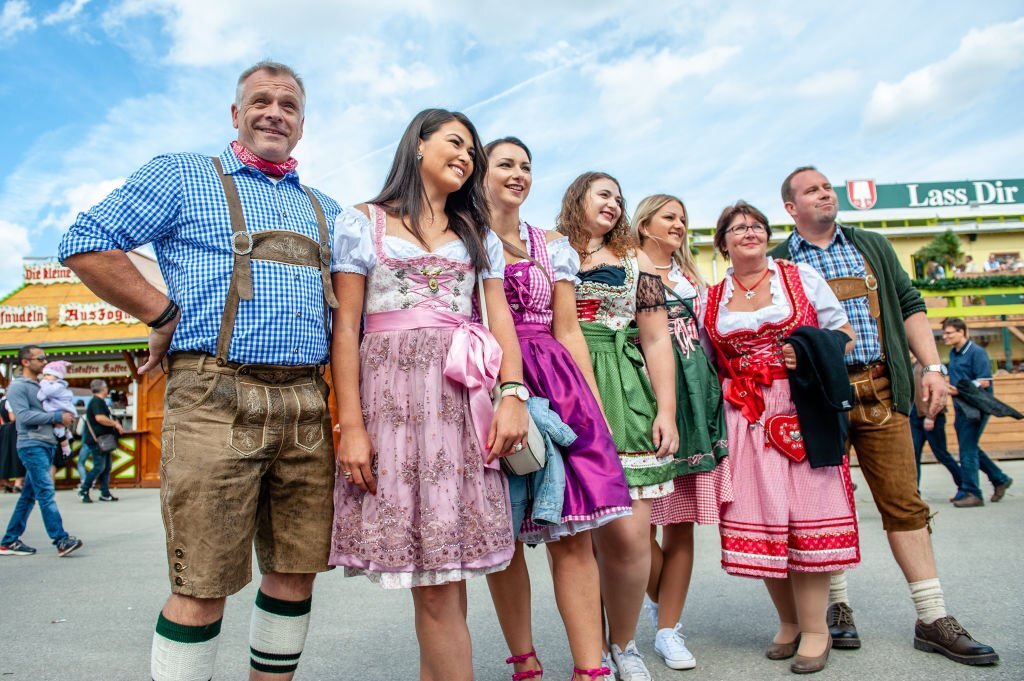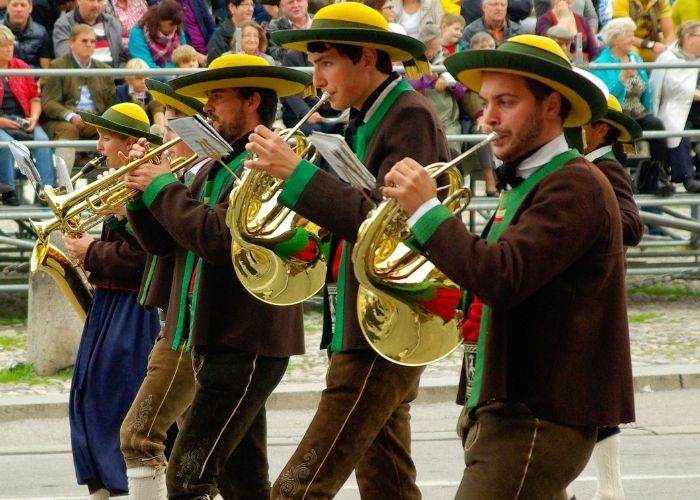Bavaria is a culturally rich region next to the heart of Germany. Undoubtedly, it is famous worldwide for its cultural significance, familial heritage, and distinctive traditions. The charming villages, scenic beauty, and bustling cities complete the lively scene. To put it in simple words, this region has a history rooted in the unique customs that have played a vital role in shaping its identity over centuries. Remember that it is the same place where the largest beer festival in the world is hosted annually. It attracts the attention of millions of people worldwide.
If you have been searching for the historical perspective of Bavarian traditions and culture, you have come to the right spot. So, your search is over now. In this blog post, we will illuminate the historical roots of Bavaria and understand how they have transformed and played a vital role in people’s lives.
Let’s get started!
The Beginning Of The History


If we trace the roots of this region, they date back to the early medieval period. At that time, various tribes inhabited the area. With time, these tribes laid the solid foundation of a distinctive culture that expanded in no time. These pioneer inhabitants were deeply connected to their land. They developed their unique folklore, traditions regarding rural lifestyle and camaraderie. The essence of this culture was so pure that it grabbed people’s attention worldwide. For the same reason, we see this culture at today’s level.
One of the enduring and earliest Bavarian cultural celebrations is Oktoberfest. Back in 1810, the inaugurating Oktoberfest was celebrated as a one-time celebration to honor the wedding celebration of Bavarian Crown Prince Ludwig with Princess Therese. Locals were invited to participate in the fun activities in front of the city gates of Munich. Soon after that, it became an annual festival attracting millions of people. In addition, it has become the world’s largest beer festival.
It features music, camaraderie, traditional cuisine, traditional costumes, and the finest Oktoberfest brews.
Trachten Outfits – Lederhosen & Dirndl

Traditionally known as Tracht, Bavarian traditional clothing holds a particular spot in the hearts of locals and cultural dwellers worldwide. The most common and favorite trachten dresses are lederhosen and dirndl. Leather lederhosen is a traditional leather attire that both men and women wear. Traditionally, it was worn as work wear by peasants, hunters, and riders to withstand the region’s harsh weather. With time, Bavaria expanded, and so did its culture. For that reason, this dress has now been accepted by designers and fashion enthusiasts as fashion wear.
On the other hand, a dirndl dress is different from a lederhosen in a way that it is gender specific. Yes! You read it right. It can only be worn by women. It not only showcases the fashion sense of the wearer but also reflects the personality of the wearer and social status as well. Both of these dresses are made of quality materials to ensure the fashion with solid durability.
What else can you look for?
Religious Occasions & Festivals
Simply put, the history of Bavaria is found to be intertwined with Catholicism. Therefore, religious occasions and festivals are vital to the region’s cultural calendar. Upon visiting the area, you will witness various churches and religious buildings that add to the cultural and historical value of the Bavarian region in Germany. The presence of such architectural masterpieces has a lot to say. Firstly, people in Bavaria stick to their religion. Secondly, it reflects the architectural art skills of the artisans.
Interestingly, the Christmas season is a magical time in Bavaria. How so? It features festive decorations, charming markets, and centuries-old customs. People from various countries come together and enjoy the holiday spirit. Traditional Bavarian treats, handcrafted ornaments, and the warm glow of lights create an enchanting and lively atmosphere that showcases the festive custom of the region.
Folklore

Bavarian folk music and traditional dance have also proved integral to preserving the cultural identity. These classical dance and music traditions take the central stage at various festivals. Among these, the Oktoberfest festival, traditional weddings, themed parties, and other cultural celebrations are the most important. Altogether, these things foster Bavaria, Germany’s camaraderie and familial heritage. The vibrant sounds of live bands performing have transcended generations. Undoubtedly, it ensures the cultural legacy of Bavaria.
Traditional Cuisine
Bavaria is widely known for its flavorful and hearty dishes. It reflects the rural roots of the region. Various food options, including sausages and pretzels, are symbols of hospitality in the area. Oktoberfest beer is an item that holds a special place in people’s hearts. You can find local and imported beer options in these beer tents. For that reason, beer gardens are a favorite spot for event attendees. Here, you can find various eateries and brews made by chefs using traditional techniques, ingredients, and recipes.
Final Verdict
Bavarian customs and traditions are living proof that weaves camaraderie, history, and culture together. From medieval times to modern-day acceptance of Oktoberfest, this rich culture has stood the test of time and is now accepted worldwide. The region’s rich culture is evident from religious festivals, dance, folk music, traditional outfits, and cuisine. When we dive deeper into the region’s traditions and customs, we learn that the past of this region is not a set of mere incidents. But it is a vibrant, transformative journey that continues to shape the present and has a rich role in inspiring the future.
